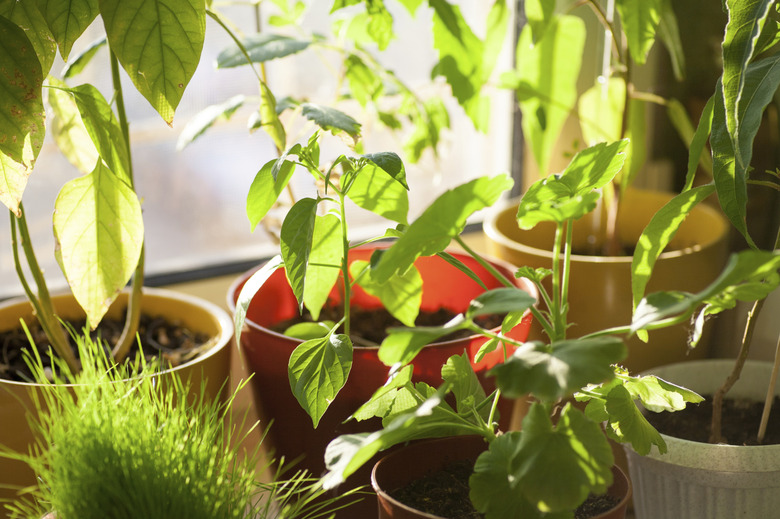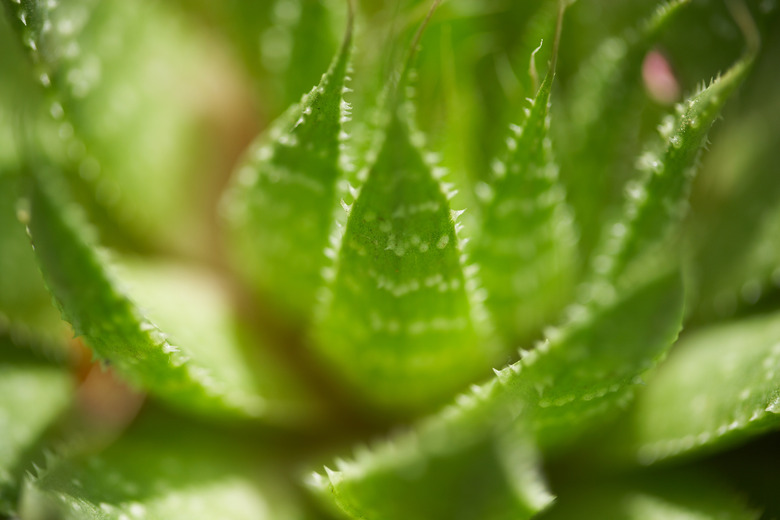House Plants That Remove Mold
Indoor air is almost 30 percent more polluted than the air outside. Plants have been said to help purify indoor air. This is because the plant acts as a filter, absorbing toxins through their leaves and roots, then releasing oxygen and moisture into the air. Houseplants also can produce indoor humidity and decease the carbon dioxide levels inside.
Plants Improve Indoor Air Quality
Plants Improve Indoor Air Quality
Many houseplants, at least 42 varieties, have been said to have an impact on the quality of indoor air. By absorbing toxins, turning them into food and releasing clean air, these plants filter the air and make it cleaner. Plants move chemicals in the air to their roots by absorption through their leaves. The larger the leaves of the plant, the higher the transpiration and level of moisture. Rooms with plants have 50 to 60 percent fewer mold spores and bacteria than those without. Toxins are also broken down when the plant pulls oxygen down to its roots, where they are neutralized by microbes in the soil.
Transpiration
Transpiration
Large, sharp and pointy leaves have higher rates of transpiration. Therefore, they can filter more air, faster. Transpiration is controlled by the humidity in a room. The ideal humidity level is between forty and sixty percent. Tropical plants are best in this type of environment. Plants produce clean, healthy moisture during transpiration that will not cause mold or mildew. Plants give off a phytochemical substance that suppresses airborne mold spores and bacteria.
Beneficial Houseplants
Beneficial Houseplants
Beneficial plants include the spider plant, philodendron varieties, Chinese evergreen, bamboo, snake plant and dracaena varieties. English ivy has been proven to remove air-borne molds and formeldahyde from indoor air. The peace lily removes all toxins, including benzene, xylene, toluene and trichloroethylene. Other plants believed to have a filtering effect in the home include the areca palm, reed palm, lady palm and dwarf date palm. Tropical plants produce a secretion that can protect their leaves from mildew and mold. The Boston fern removes formaldehyde from the air. A few other beneficial plants to consider are the Australian sword fern, arrowhead vines, umbrella grass, rubber plants and weeping figs.


